What is still life?
- Still life is a work of art that shows inanimate objects from the natural or man-made world. This typically including fruit and flowers and objects contrasting with others textures, such as bowls and glassware.
- It became a widely accepted art form in the early 16th century to symbolise religion and morality.
- During the slave trade when colonialism was at its peak, northern European and Dutch artists travelled to these countries where they have exotic and lavish objects like new fruits and colourful vases ext. These where placed into paintings to represent wealth and power.
- As photography started being used more, it was inevitable that still life would move over to photography.
Examples of still life photography –
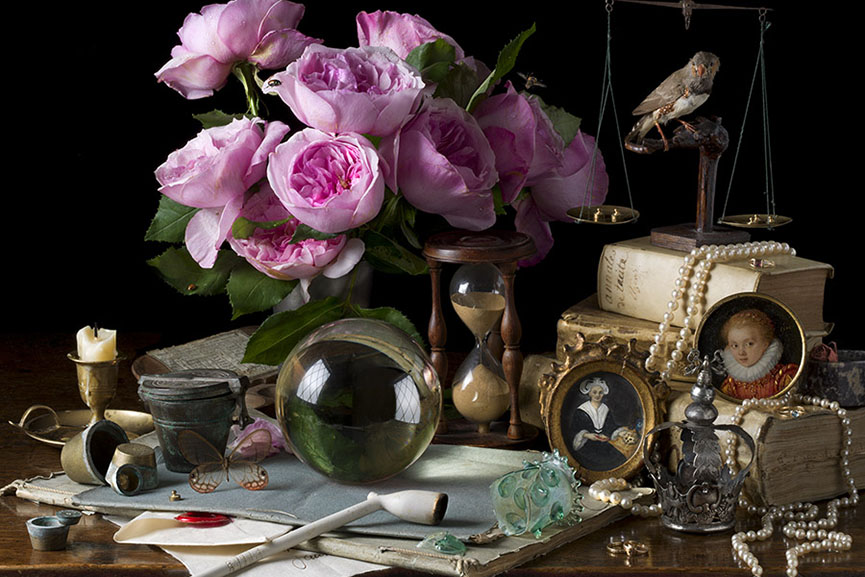
American photographer (born in 1949) Paulette Tavormina is famous for her 17th century inspired still life photography, similar to Giovanna Garzoni and Maria Sibylla Merian paintings. She lives and works in the chaotic city of New York, yet manages to capture stillness in her work. Her arrangements often recall the sumptuous detail of seventeenth century Old Master still life painters and serve as intensely personal interpretations of timeless, universal stories.
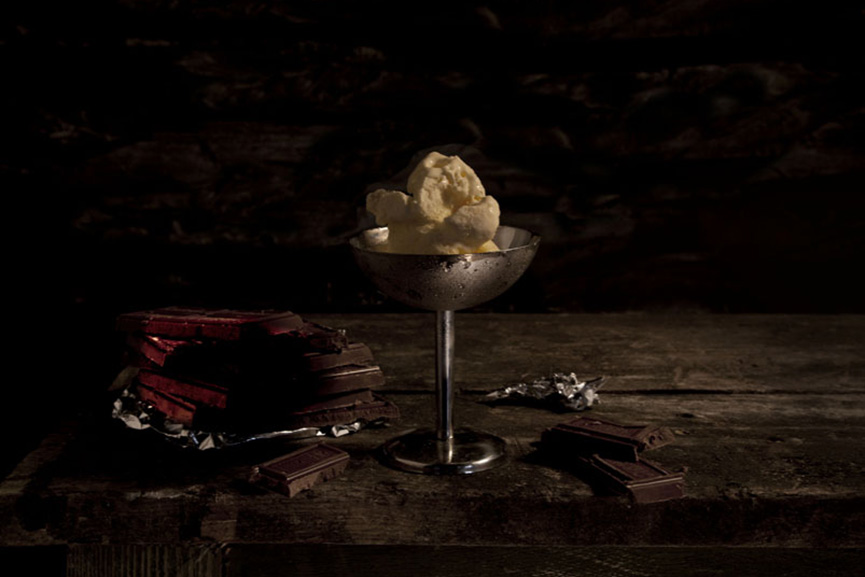
Mat Collishaw’s Last Meal on Death Row series uses old techniques combined with modern aged ideas. Each meal is actually a meal people on death row have had as a last meal. This creates a melancholy effect mix with the eerie stillness of the image.
A collection of famous still life paintings:
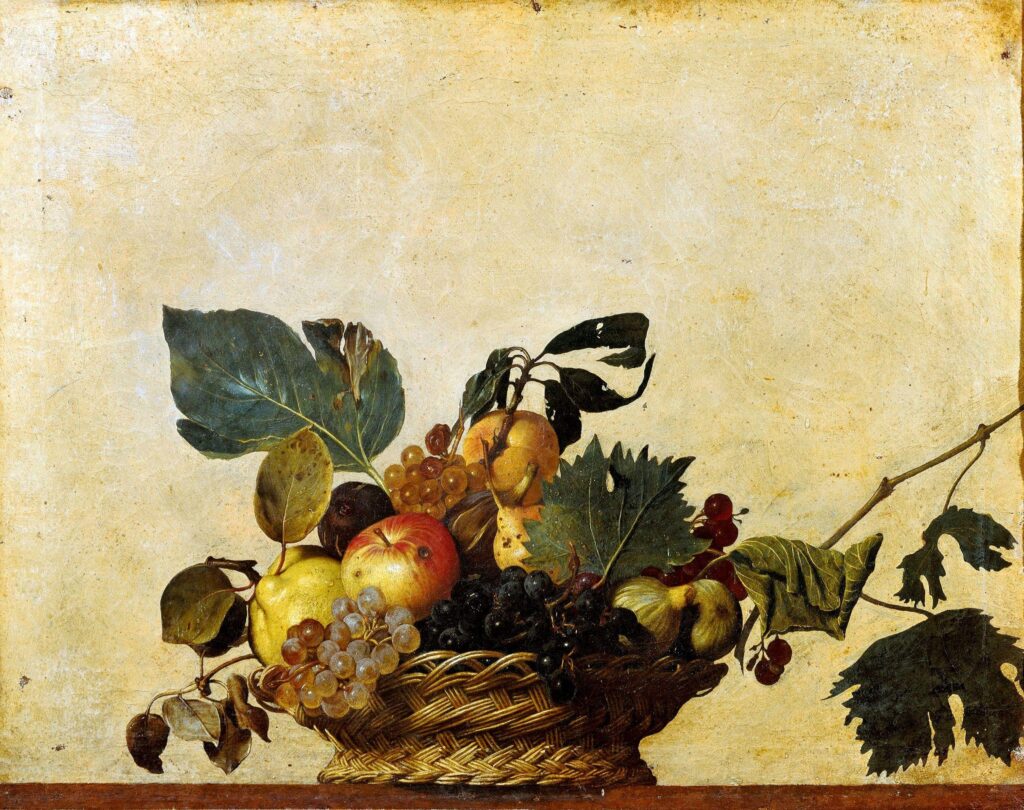
“A basket of fruit” by Caravaggio – painting
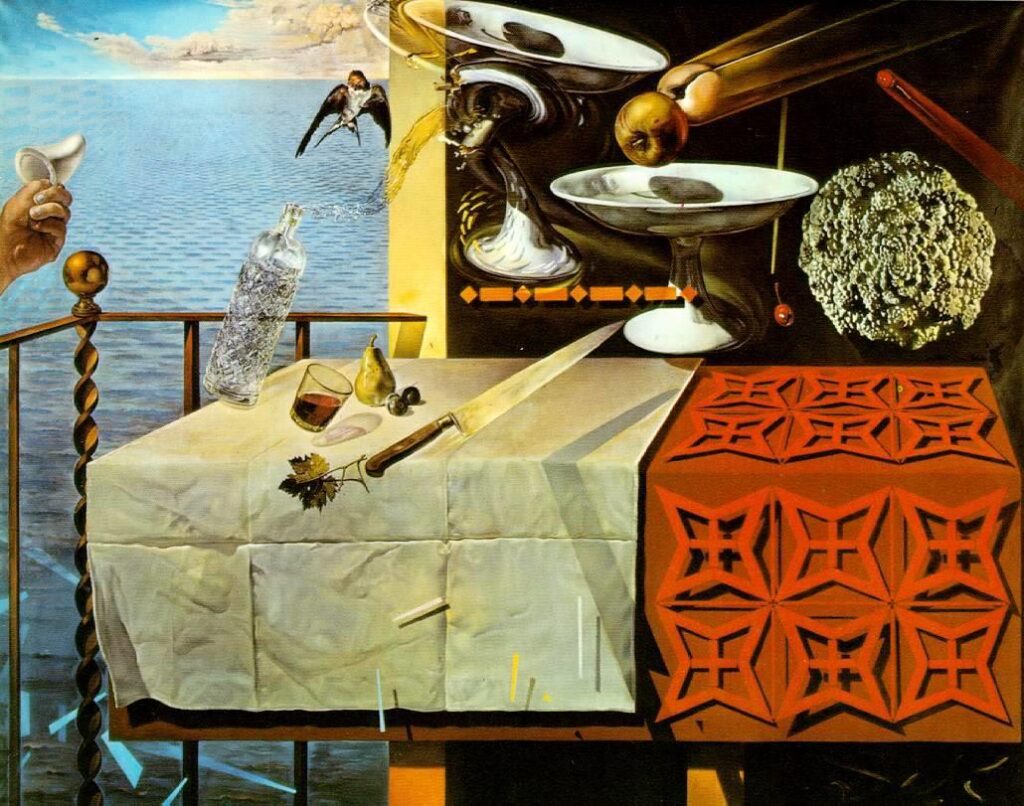
“Living Still Life” by Salvador Dali
Timeline of still life photography
- 1839 – the first photo was taken and it was convenient to have still objects in images so it was inevitable that the still life movement from paintings will move over to photos.
- A few decades later… – modernist still life became popular and it tries to capture a sense of rejecting the past and using unconventional methods.
- mid 20th century – modernist still life was still popular but more simplistic images where becoming popular. For example the Man Ray’s dead leaf was very simplistic with only one object in the scene.
- now – photographers are continuing the work of Man Ray, while exploring other ideas like truth and illusions (e.g. Sharon Core) or eeriness with Mat Collishaw.
- the future? – AI like dall-e 2 is likely to compare with real still life photography and could be used to help create new movements in the still life genre.
Symbolism in still life
- Exotic fruit – used to symbolise wealth
- Normal fruit – fertility
- Skulls – the Certainty of mortality
- Candles – the passing of time
- Flowers – growth and life
- Musical instruments – Beauty And Transience
- Dead animals – Contradiction and the hunt
- Sliver/gold – luxury in still life
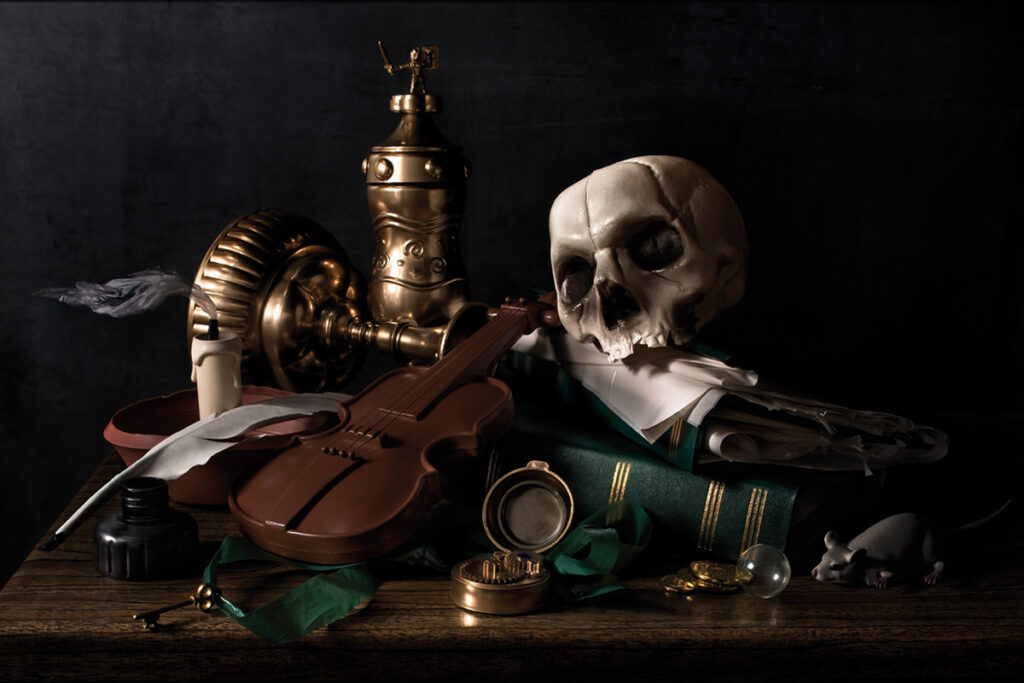
What is vanitas?
a still-life painting of a 17th-century Dutch genre containing symbols of death or change as a reminder of their inevitability. It often uses skulls, dead plants and an overall messy collection of objects:

What is Memento Mori?
an object kept as a reminder of the inevitability of death, such as a skull.
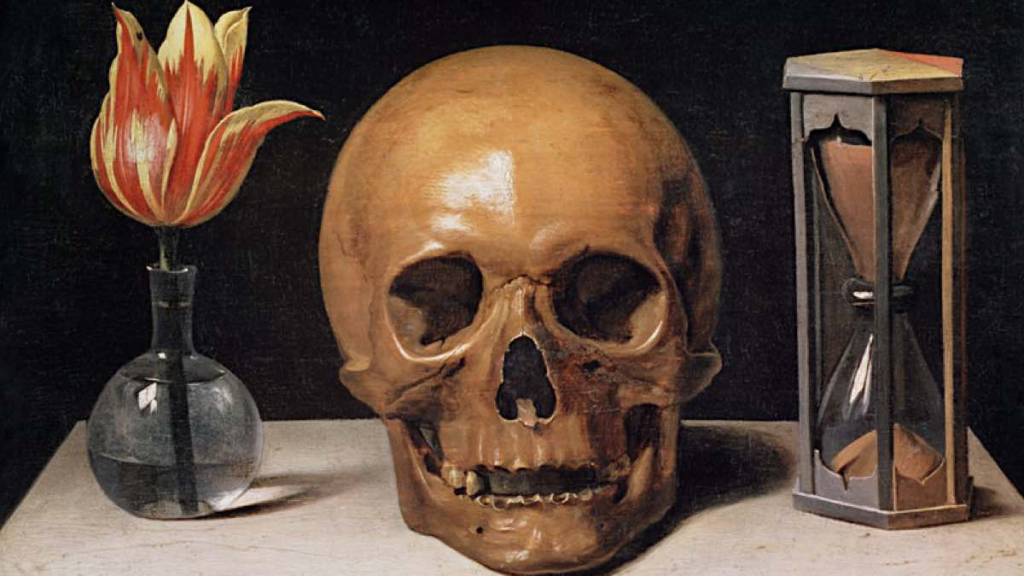

Good Still Life investigation. Just a couple of points to consider below:
– Near the start of the post, you mention that still life ‘became a widely accepted art form in the early 16th century to symbolise religion and morality.’ – can you elaborate on this. How did it symbolise religion and morality, what objects were used? Can you show an examples?
– Lovely start to analysing the work of Paulette Tavormin and Mat Collishaw’s – can you add more detail? E.g. Pick a particular photo from Tavormin’s work and analyse how she has created an ‘intensely personal interpretation of timeless, universal stories.’